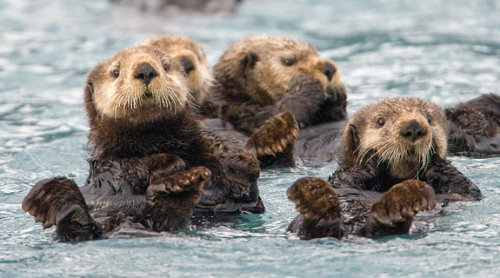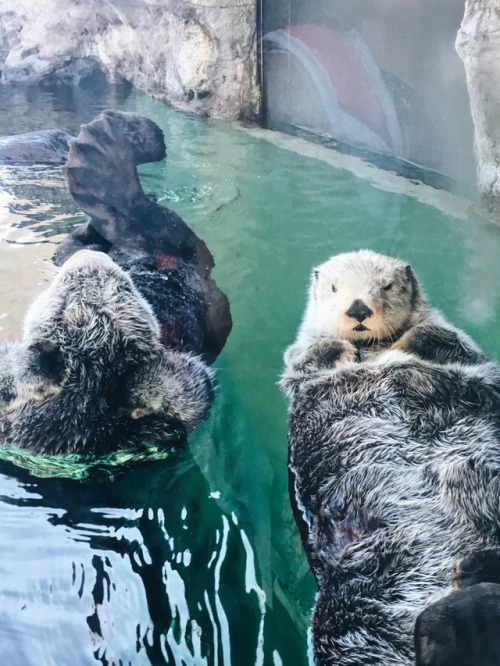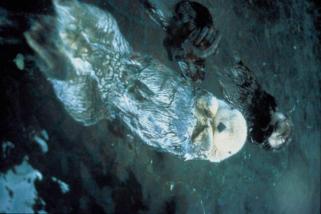#sea otters
Sorry I’ve been away so long but being a mum hasn’t given me much spare time.
Here are some photos of baby Katmai that I took at Vancouver aquarium to try and make up for it.
OH and MERRY CHRISTMAS!!
Post link
May your aPAWtite for sea otter content be saSEAated this day
Checking sea otter temperature
(via)
TIL Otters have pockets

aurora destination nation sea otter
Common Facts:
Scientific Name: Enhydra lutris
Average size – 4 ft.
Average life span – 23 yrs.
Protection status – Threatened
Average weight – 45-65 pounds
Diet – urchins, abalone, mussels, clams, crabs, snails and about 40 other marine species
Sea otters can be found along the Pacific coasts of Asia and North America. These fun fuzzy creatures spend most of their time in the water, but on the rare occasion they’ll come ashore to take a nap.
Sea otters like to float on their backs and even eat their food off of their stomachs while they float. They are known to utilize rocks to break open shellfish to eat and to pry them off the ocean floor. (They also can dive up to 330 feet while they are scavenging for food!) Female sea otters care for their babies while floating on their backs—they nurse them on their chest and teach them to hunt and swim at a very young age.
In the past, the population of sea otters was close to a million. Unfortunately, due to the fur trade and other human activities, their population made a drastic drop to 1,000-2,000 at the beginning of the 20th century. Today, thanks to preservation efforts, that number has once again risen to over 100,000.
“As predators, sea otters are critical to maintaining the balance of the near-shore kelp ecosystems. Without sea otters, the undersea animals they prey on would devour the kelp forests off the coast that provide cover and food for many other marine animals.”
So next time you see a sea otter, give it it’s space but take the time to admire it! Sea otters are a threatened and important species to our ocean’s ecosystem.
Sources:http://animals.nationalgeographic.com/animals/mammals/sea-otter/
Sea Otter (Enhydra lutris) mother with nursing pup in the Morro Bay harbor, Morro Bay, CA. 27 Oct. 2008. Michael “Mike” L. Baird, Canon 1D Mark III, 600mm f/4 IS with circular polarizer, on tripod.
http://www.defenders.org/sea-otter/basic-facts
Written by: Kari Shirley, intern
What is that? Is that this weeks Creature Feature? AND IT’S ABOUT ME!! Common Facts: Scientific Name: Enhydra lutris Average size - 4 ft. Average life span - 23 yrs.


















